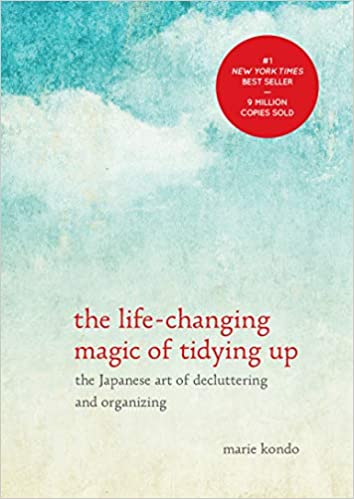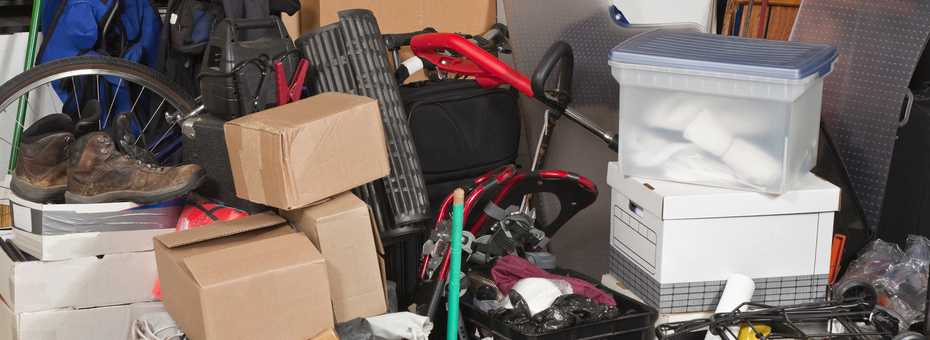I’ve always been wary of strained efforts to apply lean thinking to personal life. For every successful application thoughtfully relating how lean principles boost productivity in a number of settings, there are a good five more mindlessly touting the exact way to “5S your desk.”
 Hence my delight with the new book The Life-Changing Magic of Tidying Up: The Japanese Art of Decluttering and Organizing by Japanese sensation Marie Kondo. Having sold more than 1.5 million copies in Japan, her guide has been recently published in the States and her story featured in The New York Times. This book is a great non-lean lean gem. While her approach might be seen as mere tips for housekeeping, what Kondo really shares is a system for achieving your goals. And in so doing, she strips away much of the misguided emphasis on the trappings of Lean—the tools and methods that distract us from the true purpose of the system.
Hence my delight with the new book The Life-Changing Magic of Tidying Up: The Japanese Art of Decluttering and Organizing by Japanese sensation Marie Kondo. Having sold more than 1.5 million copies in Japan, her guide has been recently published in the States and her story featured in The New York Times. This book is a great non-lean lean gem. While her approach might be seen as mere tips for housekeeping, what Kondo really shares is a system for achieving your goals. And in so doing, she strips away much of the misguided emphasis on the trappings of Lean—the tools and methods that distract us from the true purpose of the system.
Lean is about creating value by removing waste and all its attendant cousins (cost, time, distraction) in order to focus completely on what is needed. Likewise in the home, Kondo teaches how to remove every single thing that does not bring joy so as to live a simpler and more purposeful life: “When your room is clean and uncluttered, you have no choice but to examine your inner state. You can see any issues you have been avoiding and are forced to deal with them.”
The best lean lens for her book would the overused “rocks and water” parable, whose point is that removing inventory and forcing immediate responses to waste reveals which actions create value and which are wasteful. Likewise, a clean and uncluttered room enables, if not forces, individuals to examine their inner state. It’s that simple. “Putting your house in order is the magic that creates a vibrant and happy life.”
Her approach is simple and profoundly common-sensical. Start by discarding EVERY THING that does not bring you joy. And then decide where to store things. From then on everything belongs somewhere, and you no longer have to think about tidying. You just live. “Tidying is a way of taking stock that shows what we really like,” says Kondo. “What you want to own is actually the question of how you want to live your life.”
Kondo’s simple approach evokes several basic lean principles. For one, she reveals how an excessive emphasis on tools such as 5S distracts people from the reason why these methods were created. Lean is about learning how to make things better in order to, make things better. And tools are methods that serve this broader goal. So, while Kondo shares specific methods for tidying, such as how to fold t-shirts or how to purge books, her detailed methods are ultimately designed to serve the broader goal of helping you own your life—rather than allowing your things to own you. “Everything you own wants to be of use to you,” she says.
Moreover, Kondo has learned how this works through years of her own personal practice. She touts the benefits of making this system work by recognizing that fundamentally it comes down to learning techniques in order to change your mindset. She touts the value of immediate tangible results as crucial to sustaining the work. And ultimately, she keeps her perspective.
The point is not to be tidy as endgame; the point is to tidy up in order to get to where you want to go. Sound familiar?

